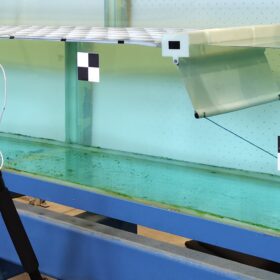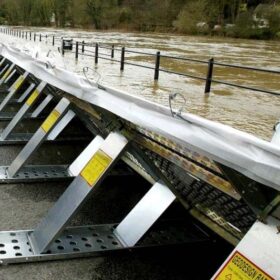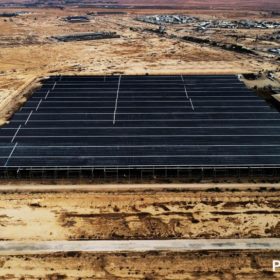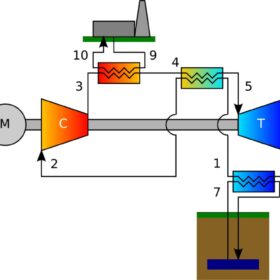Novel AI-based tech to identify rooftop solar systems from aerial images
The model utilizes deep learning and image processing techniques and is said to offer “superior performance.” In the future, it might be able to differ between panels of PV and solar thermal systems.
Israel surpasses 2.2 GW of rooftop PV capacity
New figures from the Israeli authorities show that the country continues to deploy rooftop PV systems at a rapid pace. New rooftop installations hit 703 MW in 2022, up significantly from 537 MW in 2021 and 296 in 2020.
Hail-prone areas may require solar modules with 4 mm-thick front glass
New research from India claims solar modules with 3.2 mm-thick front glass may not be strong enough to withstand storms producing big hailstones. The scientists found that a front glass of at least 4 mm should be used to avoid significant damage.
New mooring system for offshore, coastal floating PV arrays
The novel mooring solution consists of perimeter pontoons, barriers, clump weights, mooring lines and anchors. Its creators claim it is cheaper in materials and maintenance, as well as more wave-stable, compared to mooring systems using elastic cables.
Including flood, erosion hazards in solar project site selection
New research from Turkey shows the need for a more rigorous approach to PV site selection due to increasing hydrological extremes. The scientists claim that fixed-distance buffer zones are not sufficient to protect solar farms from flood and erosion hazards.
Solar, storage, and V2G at the core of Israel’s future energy system
New research has shown that Israel has the technical potential to deploy 172.5 GW of photovoltaics, of which 132.1 GW would be from conventional installations and 40 GW from agrivoltaics. If deployed, this full potential would require energy storage with a capacity of at least 500 GWh and strong development of vehicle-to-grid technologies.
Preheating hydrogen with heat pumps may reduce cost of green H2 for heating by 10%
UK researchers suggested utilizing heat pumps to preheat hydrogen to very high temperatures, which they said could reduce the need for hydrogen by more than 20%. The process is also claimed to have the potential to reduce the European industry’s energy demand by approximately 200 TWh per year.







